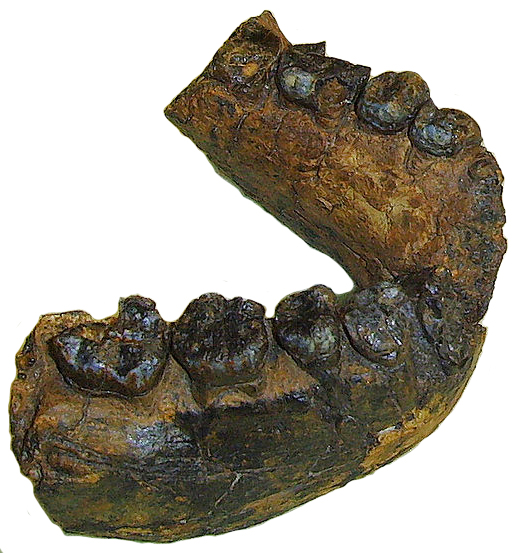
- UR 501, the Plio-Pleistocene hominid from Malawi. Analysis of the microanatomy of the enamel. Can be read here.
Uraha Hill, a paleoanthropological site in northern Malawi known for the discovery of a jawbone of an ancient human (genus Homo) dating to 2.4 million years ago (mya). It is similar to specimens dating to between 1.9 and 1.8 mya from Koobi Fora, Kenya. The Uraha Hill specimen is one of the oldest occurrences of the genus Homo, and it fills the geographical gap between sites of East and South Africa. As part of the collection of fossils attributed to H. rudolfensis, the Uraha Hill jawbone takes its place in the centre of intense debate on the origin of the human genus. It is the earliest member attributed to H. rudolfensis, but precise dates are difficult to establish. Some experts prefer to include all the specimens referred to as H. rudolfensis into a morphologically diverse species of large-brained, small cheek-toothed hominins (members of the human lineage) called H. habilis.
For more information, click here. Or, Try these sources:
- Early Homo: Who, When, and Where. Susan C. Antón, Current Anthropology, Vol. 53, No. S6, Human Biology and the Origins of Homo (December 2012), pp. S278-S298. Can be read here.